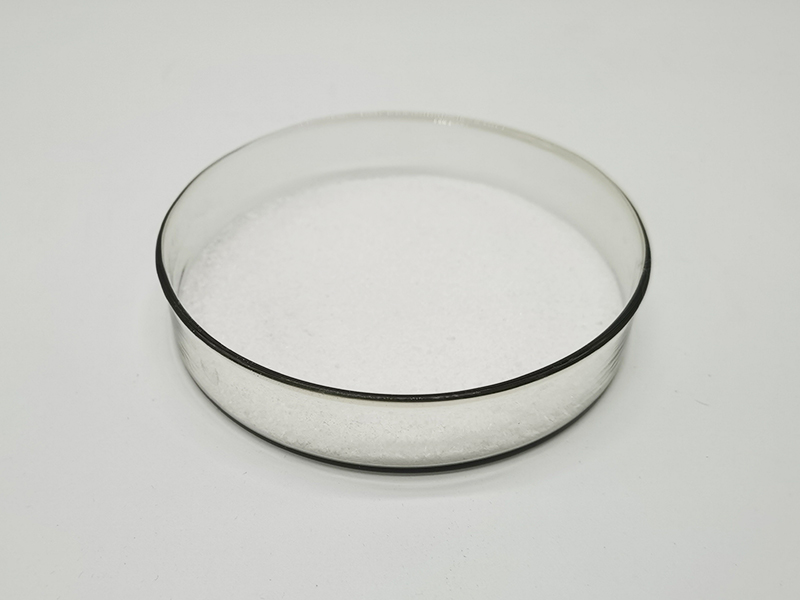“Snow White Powder” typically refers to high-purity cocaine. Processing it involves several steps, from cultivation to extraction, refinement, and final preparation. Below is a detailed overview of the typical steps involved in the illicit production of cocaine:
1. Cultivation
Coca Plant Cultivation:
Coca plants are grown in suitable climates, primarily in South America (e.g., Colombia, Peru, and Bolivia).
The plants are cultivated on farms, where they are cared for until the leaves are ready for harvesting.
2.Harvesting
Harvesting Coca Leaves:
Coca leaves are harvested by hand, often several times a year.
The leaves are then dried in the sun.

3.Extraction
Processing Coca Leaves:
The dried coca leaves are macerated and mixed with an alkaline substance (like lime) and water.
Solvents such as gasoline, kerosene, or diesel are added to the mixture to extract the cocaine alkaloids.
4.Purification
Cocaine Base Extraction:
The solvent mixture is filtered to remove solid plant material.
An acid (often sulfuric acid) is added to the liquid, causing cocaine to precipitate out as cocaine sulfate.
This mixture is then filtered to separate the liquid from the solid cocaine base.
5.Conversion to Cocaine Hydrochloride
Further Refinement:
The cocaine base is dissolved in a solvent (like ether or acetone) and mixed with hydrochloric acid.
This process converts the base into cocaine hydrochloride, which precipitates out of the solution.
The cocaine hydrochloride is filtered, dried, and often pressed into bricks for distribution.

6.Final Preparation
Cutting and Packaging:
The pure cocaine hydrochloride is often mixed (cut) with other substances to increase volume and profitability. Common cutting agents include baking soda, sugar, and various other powders.
The final product is then packaged for sale and distribution.
Safety and Legal Issues
Health Risks: Cocaine use is associated with severe health risks, including addiction, cardiovascular problems, and neurological damage.
Legal Consequences: The production, distribution, and possession of cocaine are illegal in most countries and carry severe legal penalties.
Conclusion
The processing of cocaine involves multiple complex and dangerous steps, often conducted in clandestine laboratories with significant health and safety risks. The illicit nature of this process also contributes to widespread violence and social issues in producing regions.
